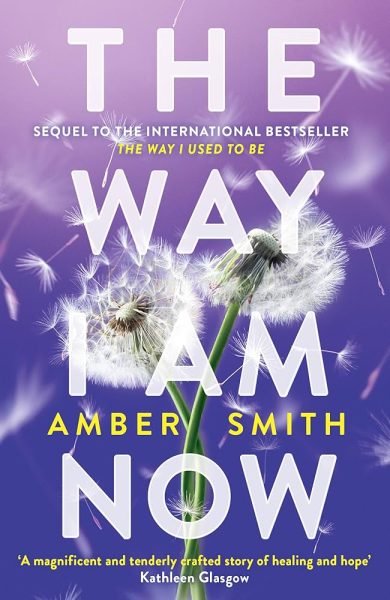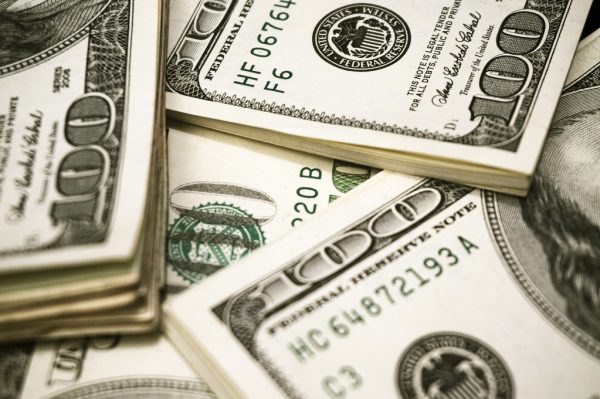Art
April 9, 2014
Art.
Art is a beautiful thing.
Everybody loves art in some medium, be it a painting, a piece of literature, a sculpture, a movie, a song, the exterior of a can of Arizona® Iced Tea, a work of journalism, or any other thing that identifies as art.
However, like a large portion of the pulchritudinous things that exist in our world, art is very hard to define.
Upon the mention of “art,” people immediately assume that the speaker is alluding to visual art, namely paintings, drawings, photographs, sculptures, and videos. However, many consider literature, culinary creations, music, and a multitude of other things to be art as well. This brings us to a bit of a quagmire: With such a broad array of things that can be defined as “art,” how do we precisely define the word?
Merriam-Webster’s1 online dictionary contends that “art” is “something that is created with imagination and skill and that is beautiful or that expresses important ideas or feelings.” However, they seem to have omitted what I consider to be the most important aspect: That art’s primary purpose is to elicit emotional reactions in those viewing, comprehending, or analyzing the art.
When I read a poem that has a genuinely happy ending, it will actually make me happy. The same is true for a sad movie, or a painting that depicts a person’s hardships.
So can “art” be defined as something that provokes a temporary emotional alteration in somebody?
If so, could opiod narcotics, for example, also be considered art?
Just something to think about.
1Just in case you were wondering, Merriam-Webster is, in my opinion, the most reliable dictionary out there. Oxford takes a close second, although Oxford is more inclined towards British English, while Merriam-Webster specializes in American English.









